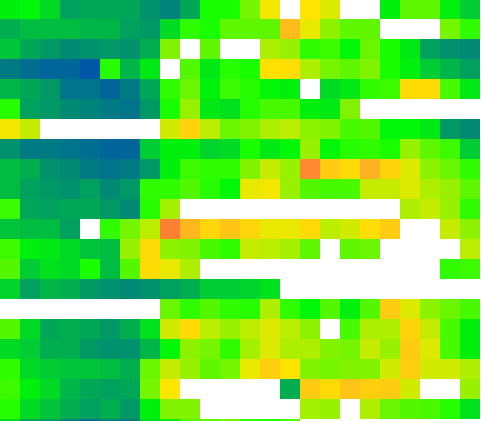I attended a short conference event organised by the CEEDs project earlier this month entitled “Making Sense of Big Data.” CEEDS is an EU-funded project under the Future and Emerging Technology (FET) Initiative. The project is concerned with the development of novel technologies to support human experience. The event took place at the Google Campus in London and included a range of speakers talking about the use of data to capture human experience and behaviour. You can find a link about the event here that contains full details and films of all the talks including a panel discussion. My own talk was a general introduction to physiological computing and a statement of our latest project work.
It was a thought-provoking day because it was an opportunity to view the area of physiological computing from a different perspective. The main theme being that we are entering the age of ‘big data’ in the sense that passive monitoring of people using mobile technology grants access to a wide array of data concerning human behaviour. Of course this is hugely relevant to physiological monitoring systems, which tend towards high-resolution data capture and may represent the richest vein of big data to index the human experience.
